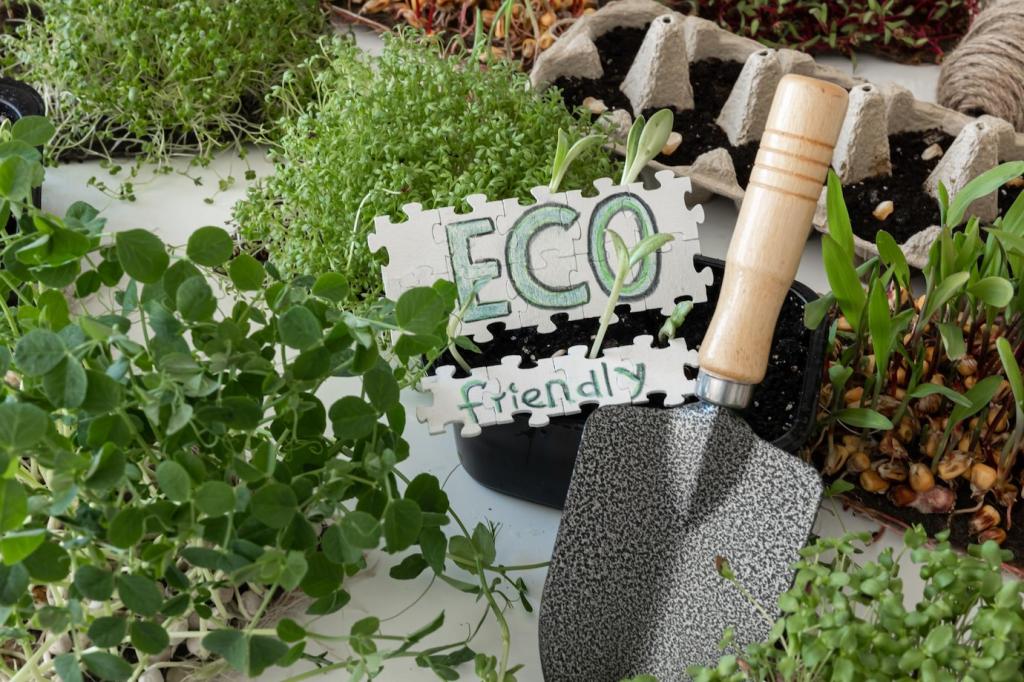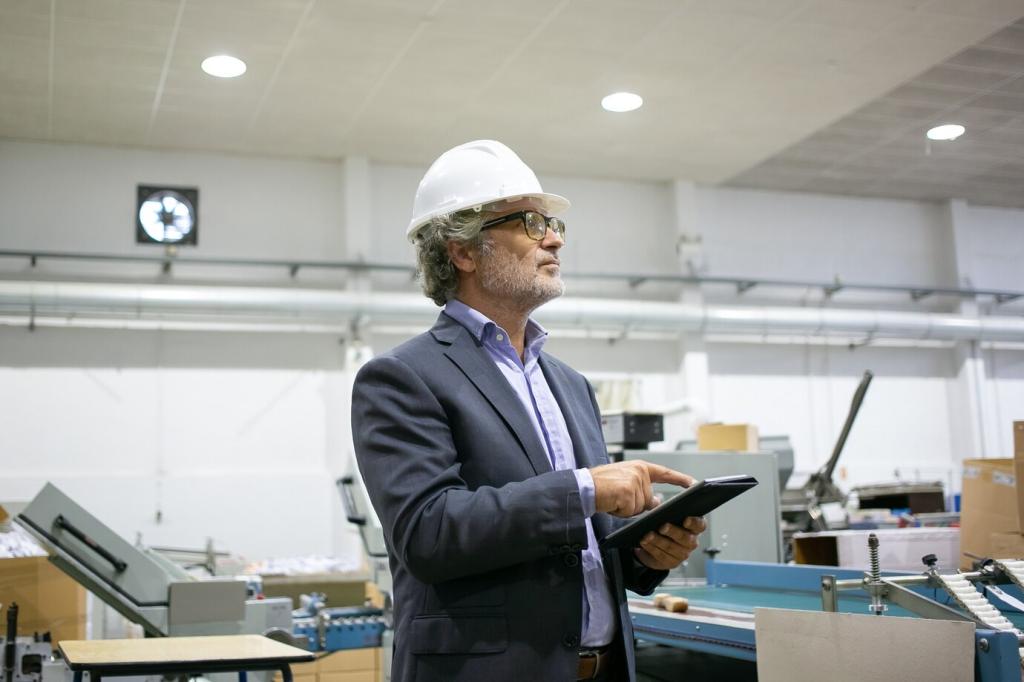Post-Processing and Reuse Without Regret
Turn supports into shop organizers, cable clips, or sanding blocks. If you have access to a grinder and pelletizer, experiment with small-batch remelt projects. Keep a labeled bin for safe offcuts and track which upcycles genuinely displace purchases, not just create clutter.
Post-Processing and Reuse Without Regret
Use inserts, screws, and snap fits so parts can be repaired rather than reprinted. Modularize wear zones and allow easy replacement. Document disassembly steps to keep repairs short and successful, and invite your readers to submit repair stories that saved entire assemblies.









